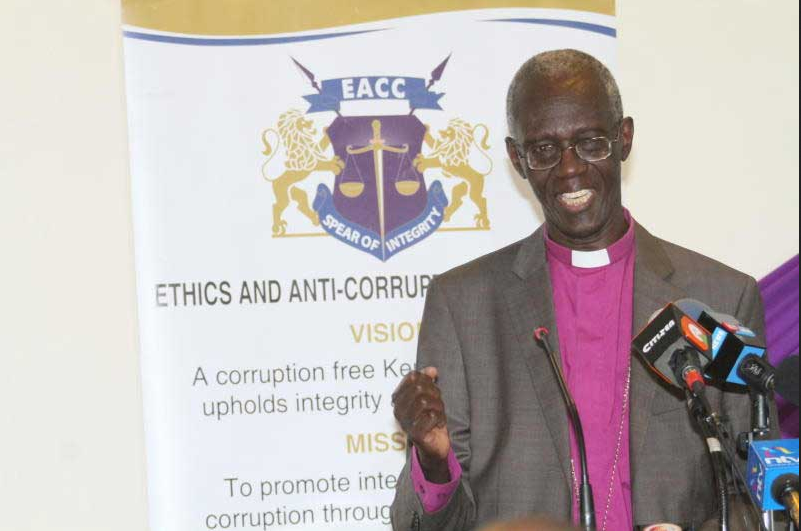Ethics and Anti-Corruption Commission (EACC) on Tuesday released a survey ranking, among other things, the most corrupt institutions in the country.
According to the survey, close to 19.9 per cent of respondents who paid bribes paid at the Registrar of Persons followed by 19.7 per cent who paid at Public Hospitals, 17.2 per cent to the regular police, 16 per cent at the Chiefs Office and 6.3 per cent to the Ministry of Lands.

Surprisingly, only 5.8 per cent compared to 6.7 per cent in 2017 of those who paid bribes reported the malpractice.
However, on government departments and agencies, Kenya Police led with 39.6 per cent, Kenya Power and Lighting Company 12.9 per cent, National Hospital Insurance Fund 11.1 per cent, National Youth Service 9.5 per cent and Courts 8.6 per cent.
The survey also revealed that 47.5 per cent of the respondents reported the Ministry of Interior and Coordination of National Government as most corrupt followed by the Ministry of Health 17.9 per cent and Ministry of Agriculture and Irrigation at 13.8 per cent.
On the average bribe paid, the numbers indicated a drop from Ksh, 5,058.75 in the 2017 Survey to Ksh3,833.14 in 2018 marking the lowest record since 2012.
About challenges facing the country, corruption topped the list at 49.4 per cent, followed by unemployment 36.8 per cent, poverty or famine 27.2 per cent, high cost of living 16.9 per cent, poor roads and lack of electricity 13.4 per cent, unfavorable economic conditions 11 per cent and insecurity 10.2 per cent.

On media coverage on corruption Over 77 per cent of the respondents indicated that the media is doing a good job-fighting corruption and promoting ethical practices in the country.
There was no significant difference between 2018 and 2017 on whether the media was doing enough to fight corruption and unethical conduct.
The survey aimed at establishing experience-based corruption indices by examining the manifestations of petty and administrative corruption at the interface between public officers and citizens.
The objectives of the survey were to establish types of services most prone to corruption, assess effectiveness and support for existing anti-corruption initiatives by public institutions, establish levels of access to ethics and Anti-Corruption services.
The survey, which was carried in 47 counties with 5,942 household respondents and 10 Key informants, was conducted from 16th November to 19th December 2018.